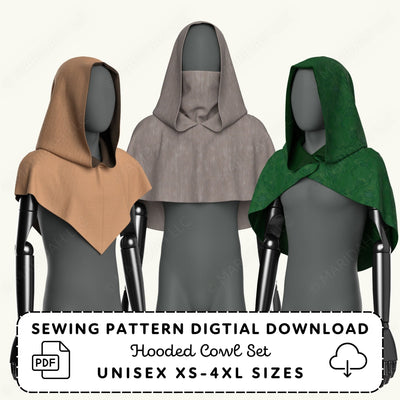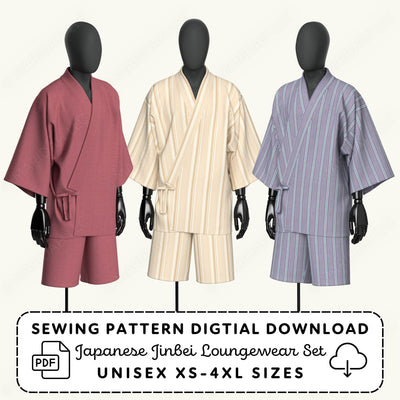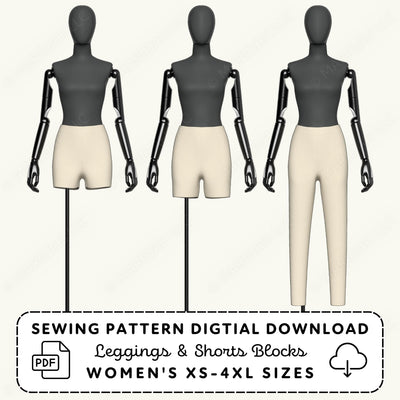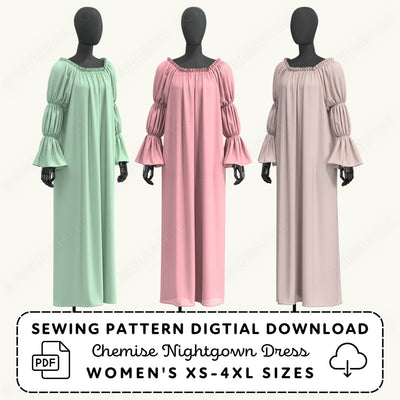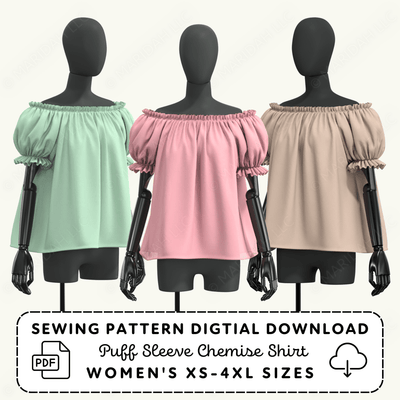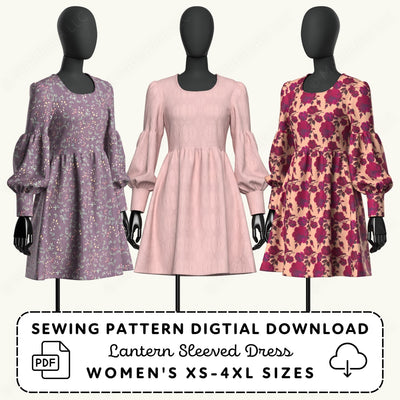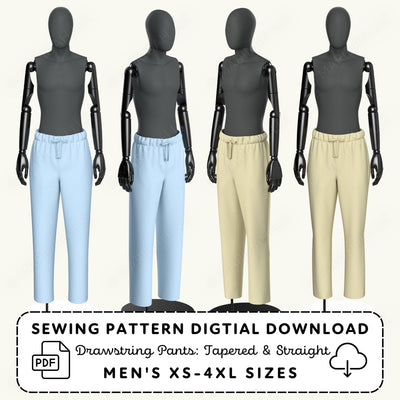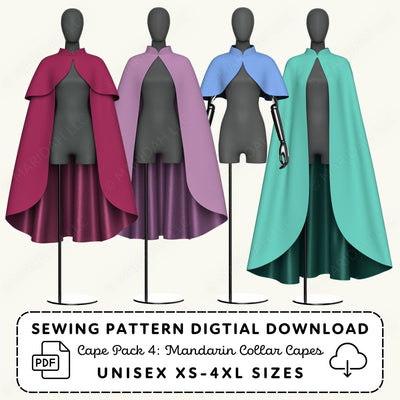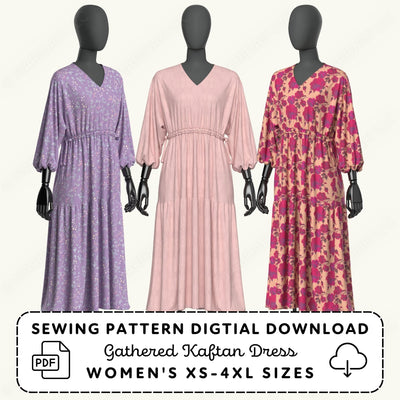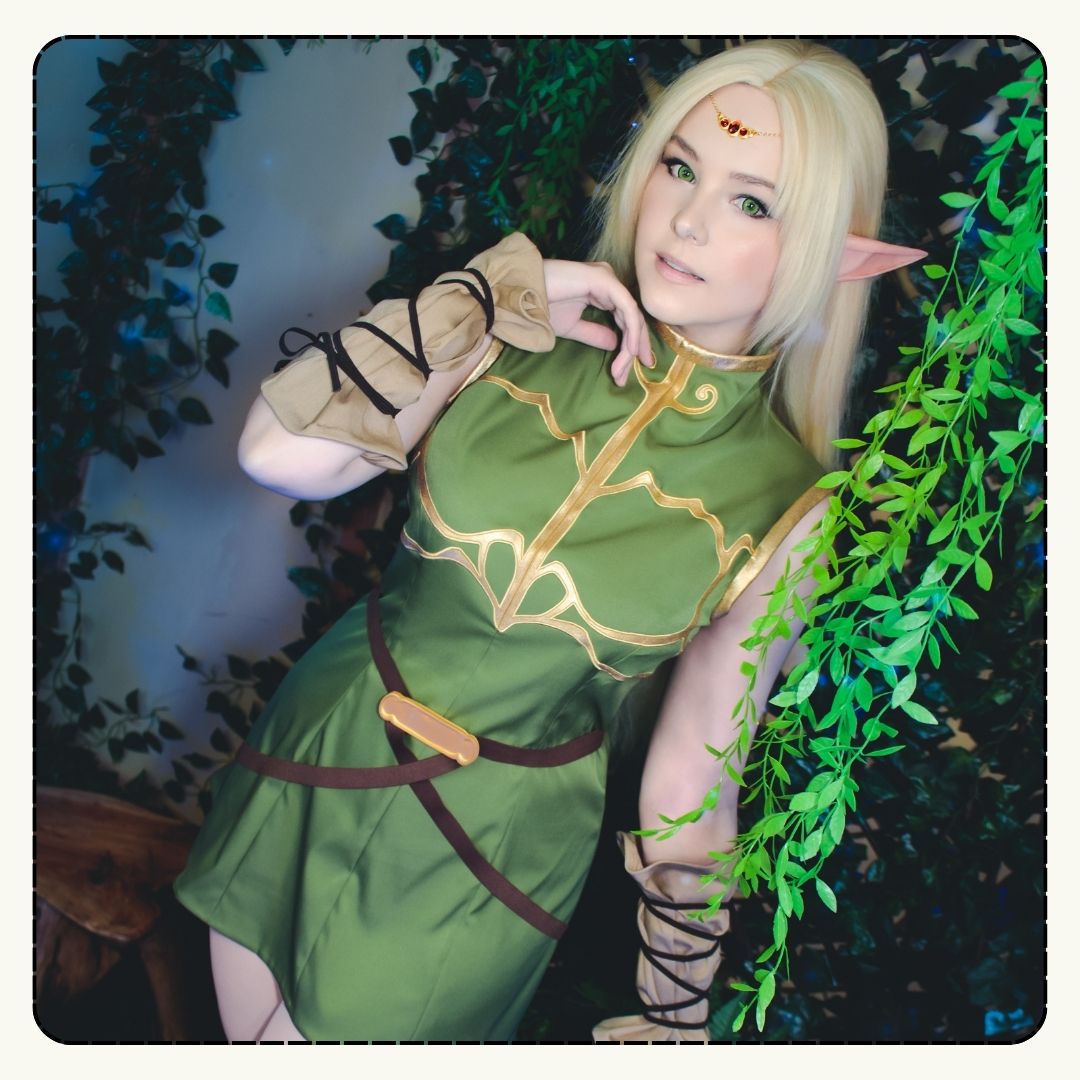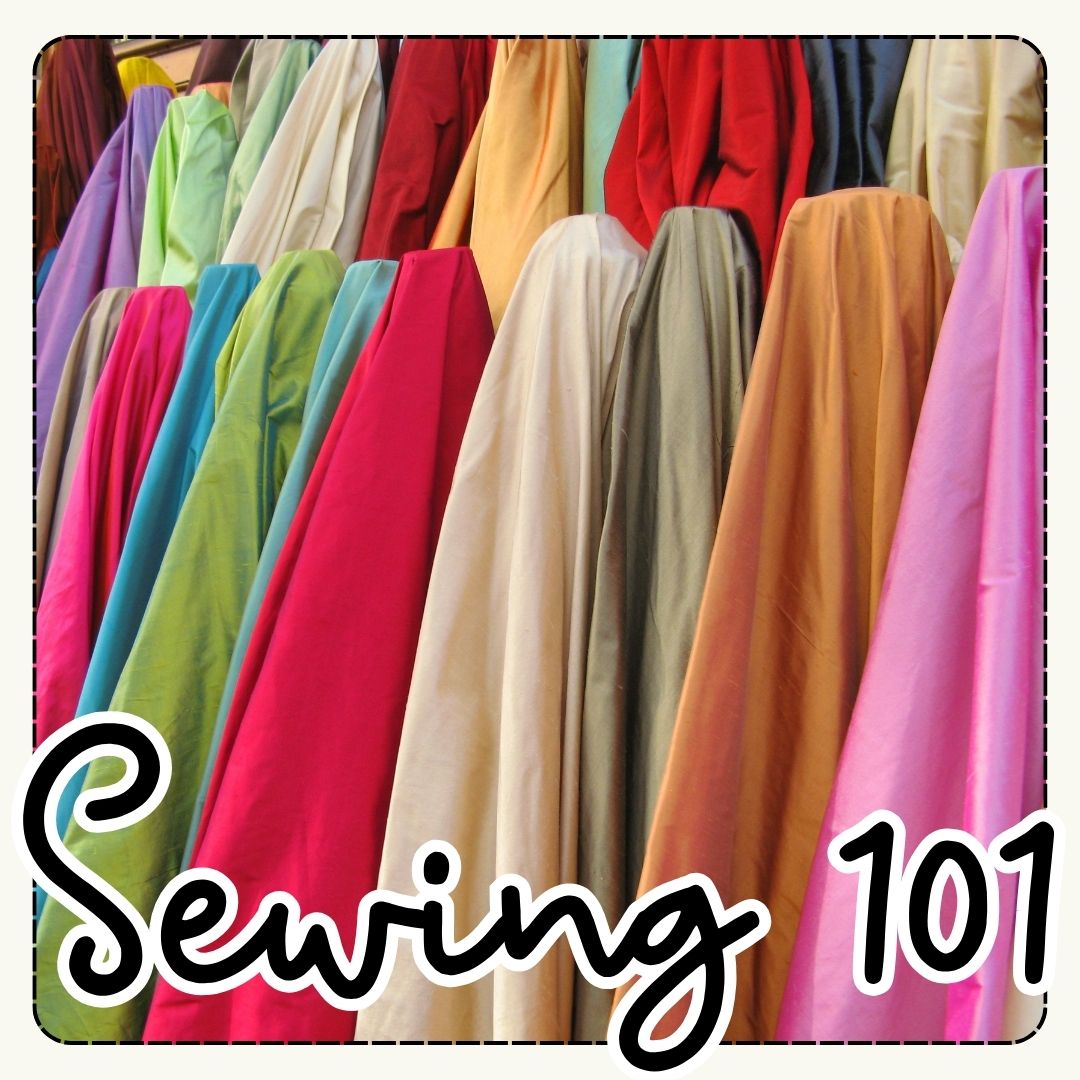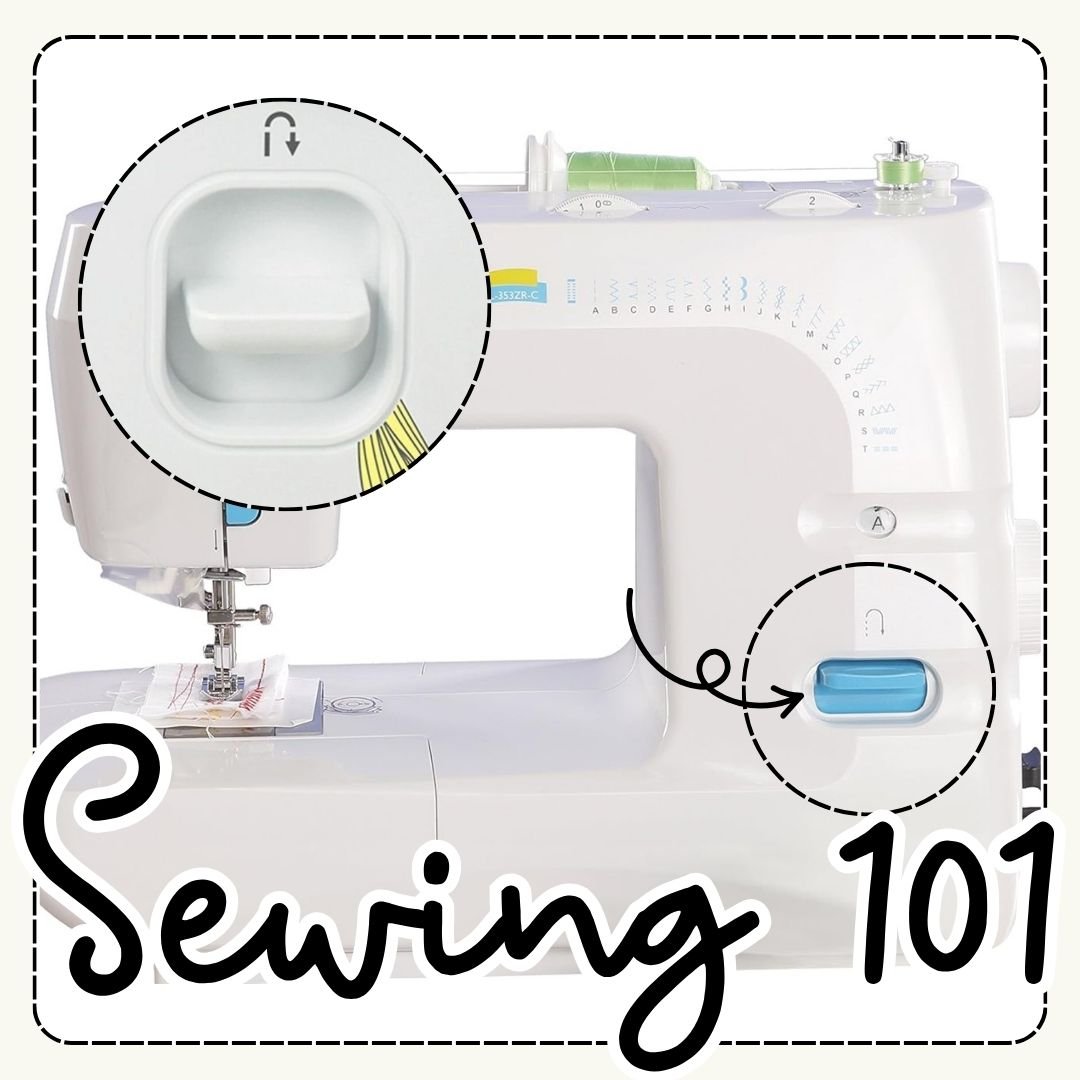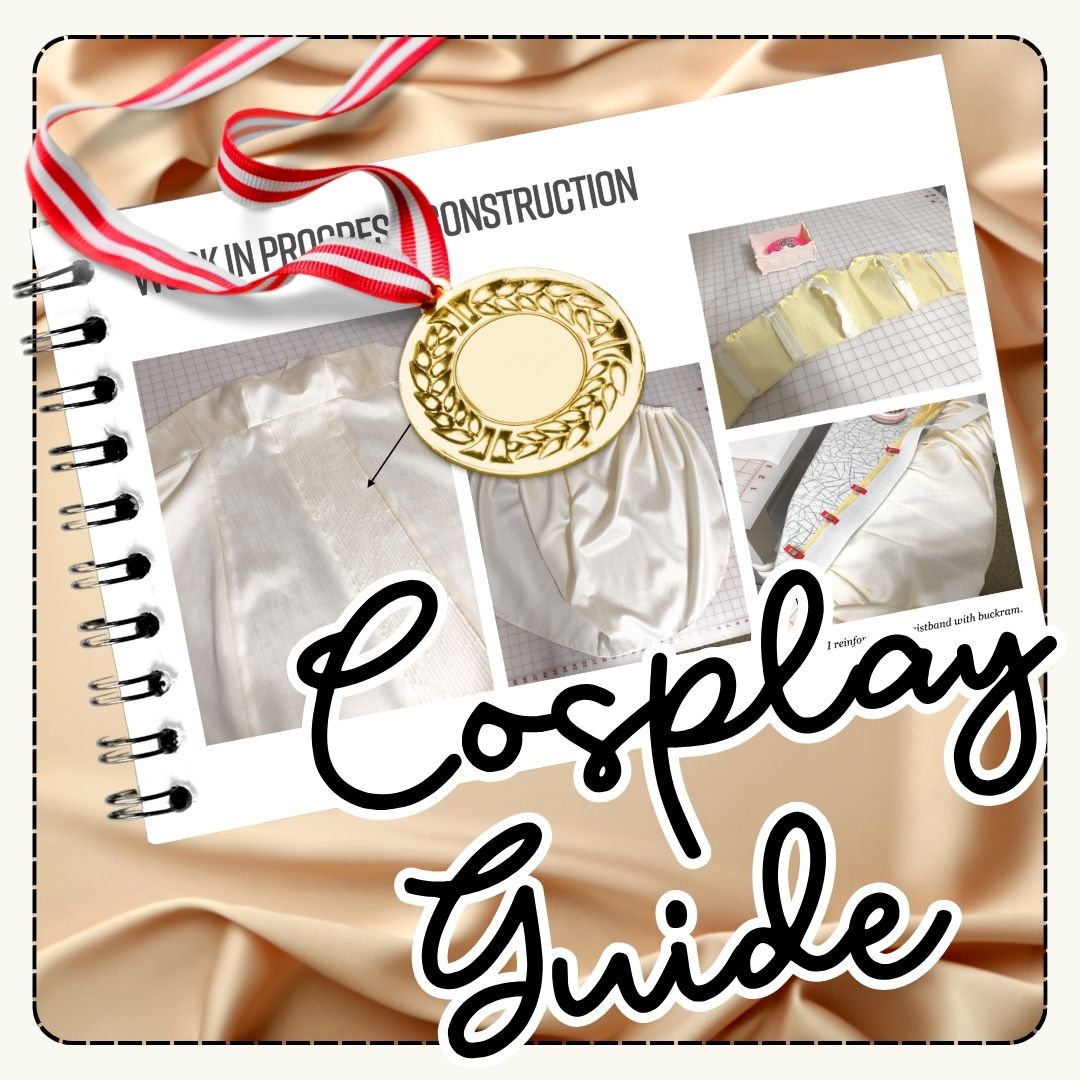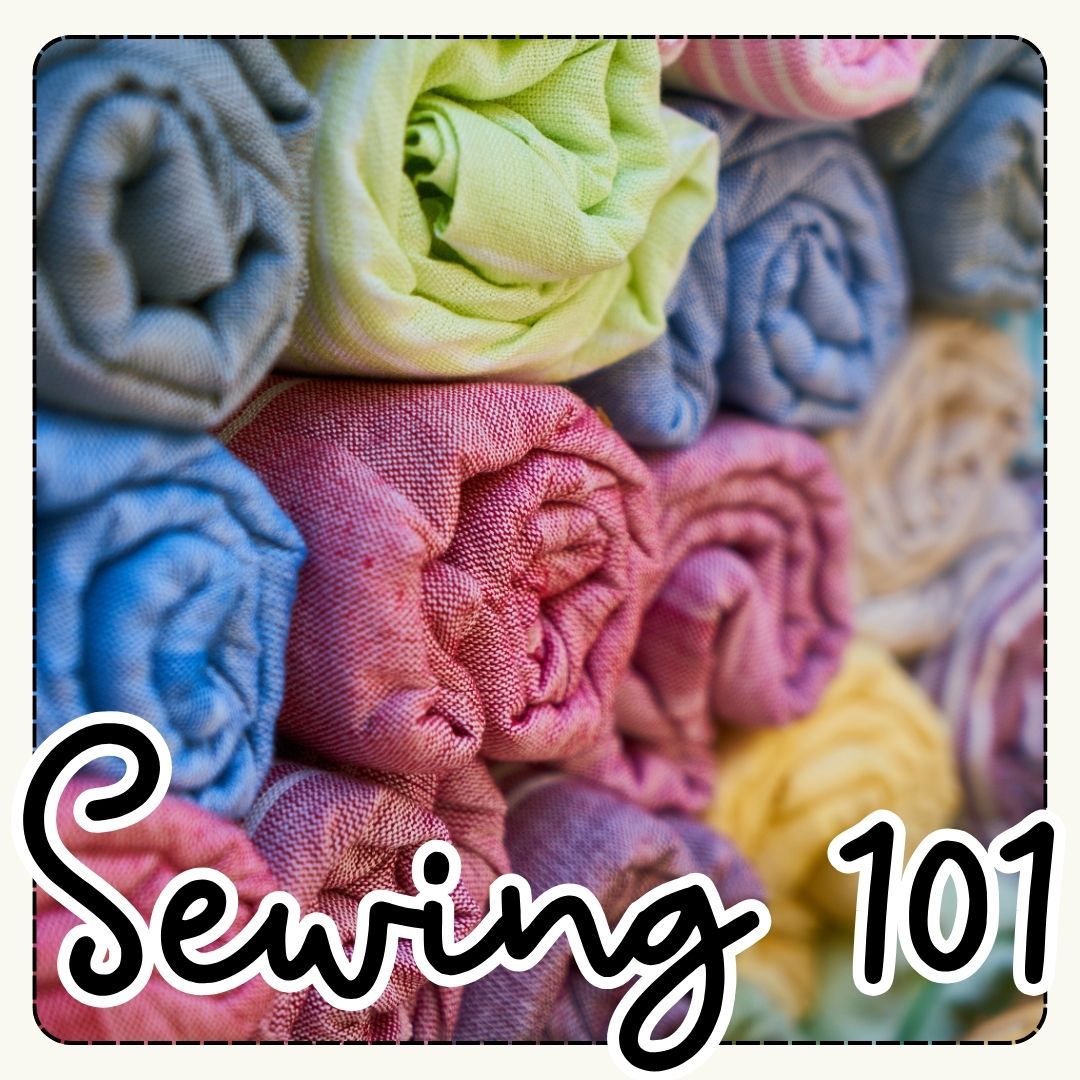Are you shopping for yourself or someone learning to sew on a sewing machine? There are many options available, and selecting the right machine can be a daunting task. Some machines are easier to learn to use than others, and the features you should look for may be challenging to identify. This blog post covers the basics of selecting a sewing machine with the right features to get started on your crafting journey.
Let's jump right into it, starting with my 'must-have' features that make a sewing machine newbie-friendly!
The 'Must Haves'

✔ The backstitch lever on the front of the machine body
The ideal location is on the right side of the machine, directly across from the sewing area.
The larger the lever, the better, because you'll need to learn to use it without needing to look at it. Establishing the muscle memory of using this lever to reverse sewing is integral to developing the coordination required to operate a sewing machine. It is a function you'll use thousands of times, more than any other button or dial.
Some machines place a lever or a button on the arm above the sewing area. This placement may seem comparable, but it can obstruct your line of sight when using the lever, making it less than ideal for someone without sewing experience.
Backstitch buttons are the more common option on computerized machines and higher-end models, but they tend to be small and harder to locate for a beginner. Sticking to a mechanical machine with levers and knobs that lacks many features found in higher-end machines can be the better option for someone new to sewing.

✔ Easy-to-understand control dials
Using knobs that are well labeled will be easier for the beginner than using a computerized menu or number input to select settings like stitch type and tension. You want to be able to identify which knob controls thread tension and which controls stitch settings without needing an instructional booklet.
Understanding what you select at a moment's glance reduces the stress of learning to work with a machine. Tactile elements make it easier to develop muscle memory, a crucial component in building competency with a sewing machine.
Buttons and menus are necessary for feature-rich machines offering hundreds of setting options. Although this is a plus for an experienced sewist, this excess of options can be overwhelming when someone first learns to sew.

✔ A foot pedal to control sewing
A sewing machine pedal resembles and operates similarly to a car's speed pedal. It sits on the floor and is operated by a foot. You want your hands free to manipulate material around the sewing plate. Unless you have a specific reason to use one, such as a mobility concern or disability, hand-operated pedals or buttons are an unnecessary complication for beginners.
Most commercial and industrial machines use foot pedals to control sewing, so learning to use a foot pedal is a foundational part of machine sewing. You will be able to transition this motor skill to other machines.
Ideally, a starter sewing machine should prepare a person to use more advanced machines in the future. You can apply those skills to every other sewing machine if you learn the basics. You'll want to choose a machine that you can practice all the essential functions of machine sewing with, but without too many functions that can become distractions.

✔ A drop-in bobbin
Bobbins are small spools of thread that sit inside the machine below the sewing area. There are two major types: Drop-in and metal bobbins.
Drop-in bobbins do just that—they drop into the machine from near the sewing plate. They usually have a clear plastic cover that allows you to see the bobbin when not feeding material through the sewing area of the machine. Seeing the bobbin will enable you to better gauge when the thread runs out, which is a particular issue when first learning to sew.
Metal bobbins are spools that fit into a metal bobbin case and are inserted into the machine from the front. This often involves removing the front attachment of the machine, an extra step that drop-in bobbins don't have. You can't see how much thread is on them. Metal bobbins are more common on older machines and industrial models, but are still occasionally found on domestic and commercial machines.
Drop-in bobbins tend to be much easier to insert correctly so that the spool unrolls in the correct direction, while metal bobbins require careful study to ensure proper insertion. This matters because thread issues are one of the most significant issues new sewists encounter.
Troubleshooting thread tension and 'bird nesting' (also known as your thread on the underside of your project forming a knot that resembles a bird's nest) can be frustrating and often results from an incorrectly inserted bobbin.
Most domestic-oriented, consumer-grade machines these days, especially beginner-friendly models, come with drop-in bobbins; however, you will still encounter the older style on some brands, such as Janome.
The 'Nice to Haves'

✔ Illustrations of stitches on the knobs or body of the machine
Seeing and selecting a stitch from a visual list of illustrations is a big help when you are first starting to sew on a machine with multiple types of stitches. It removes one hurdle in your process and makes it very easy to switch between stitch types when following sewing pattern directions.
More expensive machines use digital screens or visual charts hidden under machine parts like hoods.
To borrow a design term, any place you can reduce 'pain points' (aka obstructions in a sequence of steps) will give the user a better experience and increase the likelihood of a beginner completing a project. Having illustrations on knobs or the body of the machine lowers the effort level needed to operate the machine. You don't need this to learn to sew on a sewing machine, but it will make it slightly easier.

✔ All mechanical machine functions
These days, more expensive and feature-rich machines are computerized models. Few use knobs in preference to buttons. They can sew hundreds of decorative stitches. Many cut your bobbin thread for you. Some even allow you to create embroidery with the machine using an optional hoop attachment. These machines are great if you have experience using a sewing machine and either know how to adjust settings to troubleshoot issues or have the dedication to read and absorb the whole instructional manual when something goes wrong.
The more complex the machine's features, the more things that can go wrong! For someone just starting out, simplicity is usually preferable. There is less to break or adjust incorrectly. It'll be easier for someone new to troubleshoot issues on a machine with one or two mechanical dials than on a fully-featured, computerized machine
I've compiled a list of machines that check most, if not all, the outlined boxes for a sewing machine that will work well for someone new to sewing. Scroll to the bottom of this post for the link.
Sewing machines are typically discontinued every 3-4 years with the introduction of a new model, so I'll do my best to keep this list up to date. This list is here to provide you with a better understanding of what is currently available from well-respected sewing machine manufacturing brands, along with the prices you can expect to pay for these machines.
Some of the big names (Singer, Brother, Juki, etc) have been making sewing machines for longer than you or I have been alive. They have it down to a science. Many will resell factory-serviced or refurbished machines that cost less than a brand-new one. I like buying returned models whenever I can because I know a technician has recently serviced and tested the machine, confirming it works before it is repackaged.
Read reviews, but do so with a tablespoon of salt. None of the big-name brands would continue to exist if their machines were truly as bad as 1-star reviews make them out to be. User error is very high for this type of product. In this day and age, if a Brother, Juki, or Singer sewing machine isn't working correctly right out of the box, nine times out of ten, it is because it was threaded incorrectly. The tenth will be caused by shipping damage.
You should price shop online before buying any machine and look locally at Sew Vac (Sewing Machine & Vacuum) stores and charity shops. There are many places to purchase machines, but some stores, particularly Sew Vac shops, sell with hefty retail markups. Therefore, it's best to check around a variety of places before committing to a purchase.
Beginner Sewing Machines on Amazon: https://amzn.to/3ZGYHLs
We participate in the Amazon Services LLC Associates Program. This affiliate program offers us store credit when readers make purchases through our links, which helps us create free content.
Happy Sewing!

(We are consolidating our blogs! A previous version of this post was first posted to Maridah.Blog on December 19th, 2024.)
Looking for a beginner-friendly sewing project to try out on your new machine? Check out the pattern listings below for some of our selection rated for beginners.


